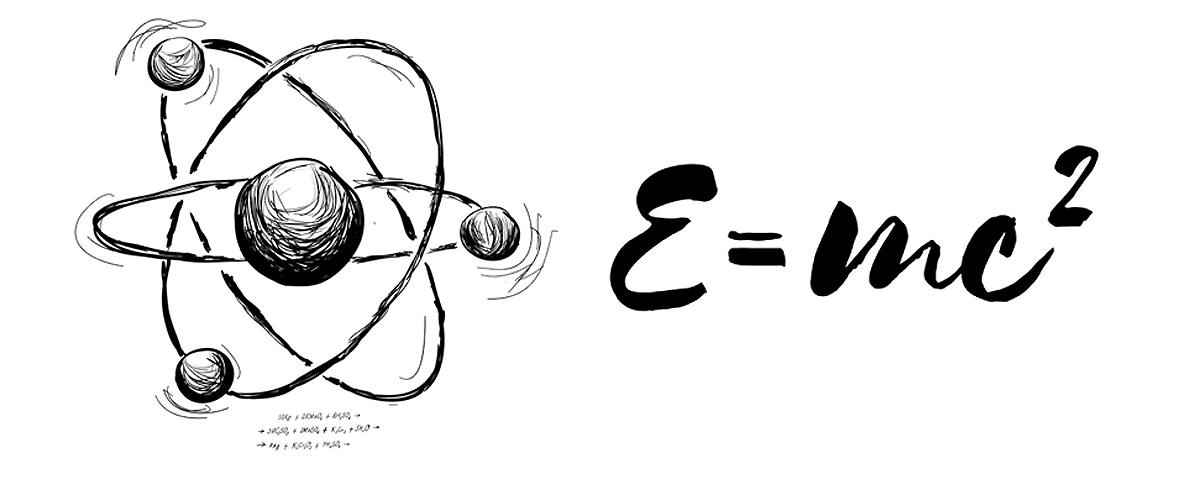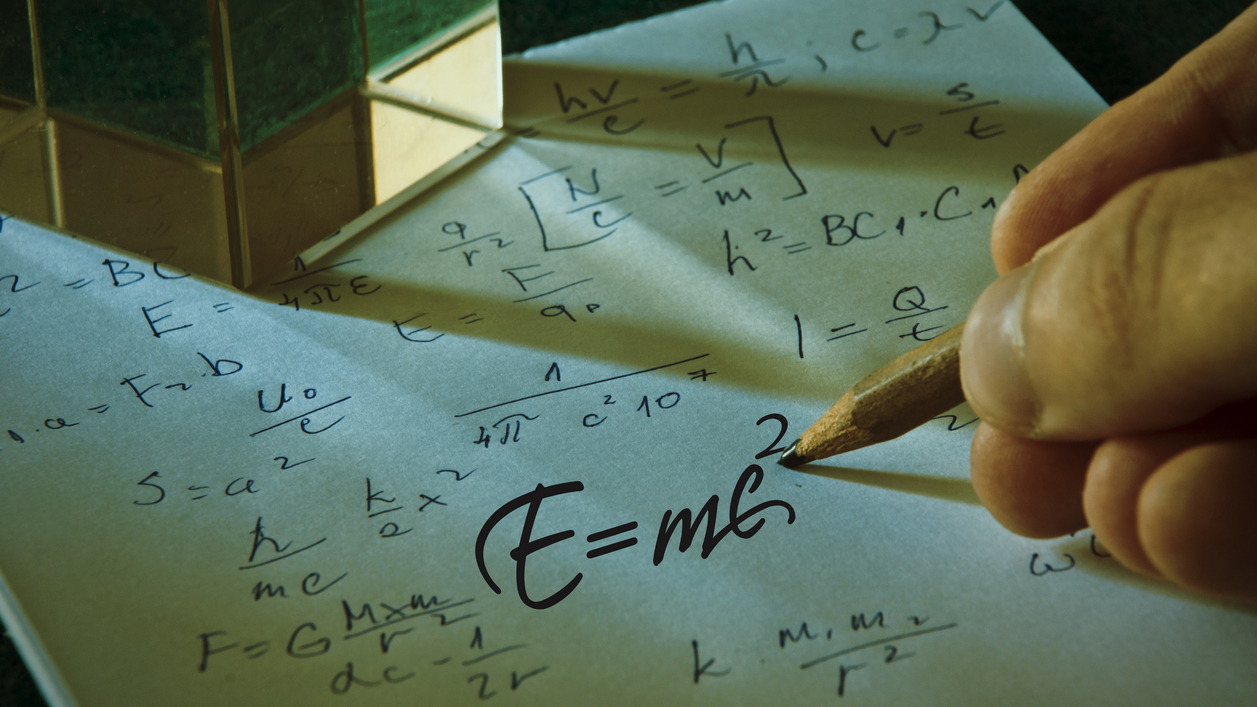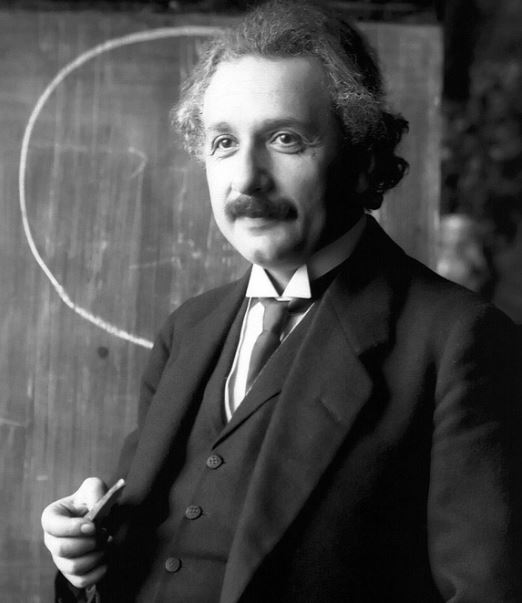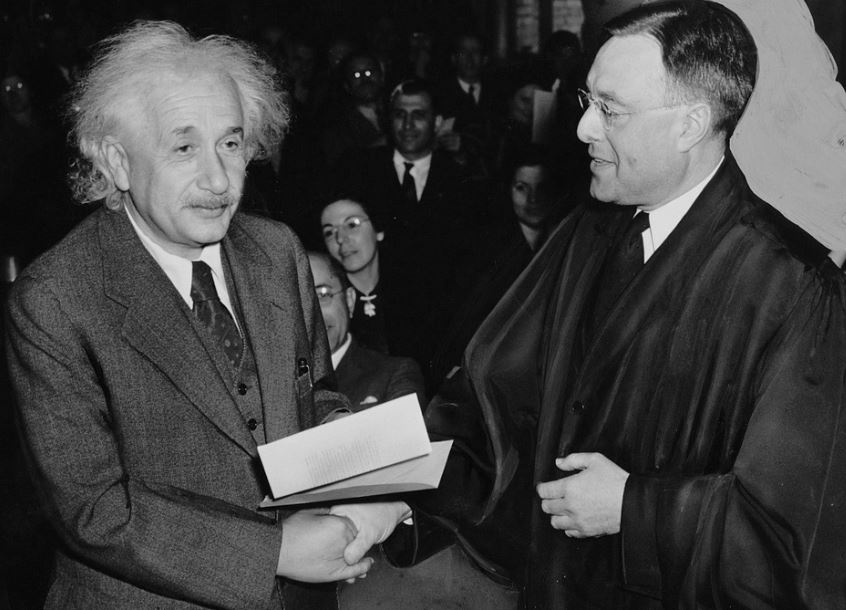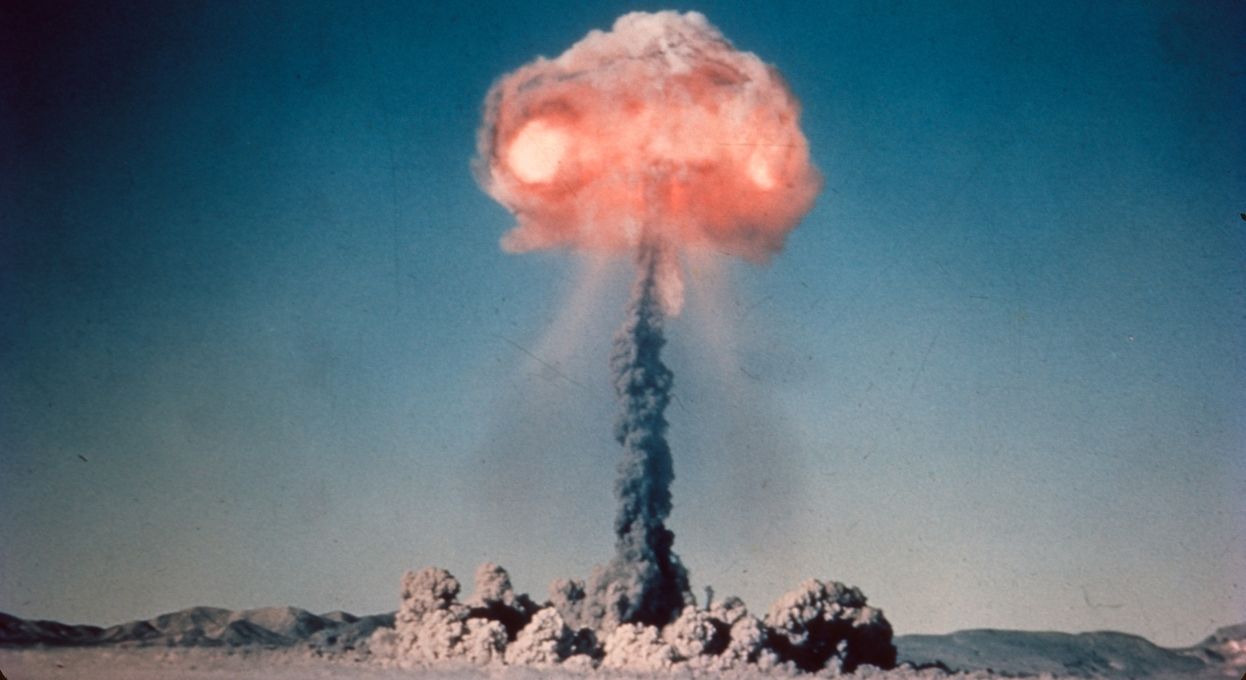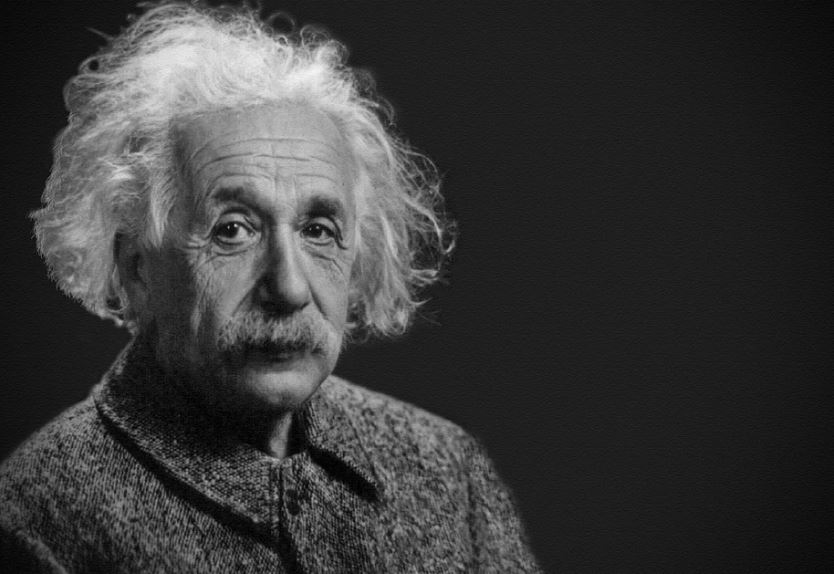Table of Contents
Background
Albert Einstein was a German-born physicist popularly known for developing groundbreaking theories. He made his name with four scientific articles that were published in 1905. After that, he went on to win worldwide fame for his general theory of relativity and won a Nobel Prize in 1921 for his explanation of the phenomenon known as the photoelectric effect. Einstein was an outspoken pacifist who was identified publicly with the Zionist movement. When the Nazis took power before the Second World War, he emigrated from Germany to the United States. [1]
Einstein is considered the most important physicist of the 20th century. His work continues to aid astronomers in studying everything, from gravitational waves to the orbit of Mercury. His equation that helped explain special relativity – E=mc2 – is well-known even among those who do not understand basic physics. [2] If you are interested to learn more about him, you’re in the right place. In this post, we are giving you a timeline of Albert Einstein’s life.
Albert Einstein’s Early Life
Albert Einstein was born in the southern German city of Ulm on March 14, 1879. [1] His parents were secular, middle-class Jews. His father, Herman Einstein, was originally a featherbed salesman who later ran an electrochemical factory with moderate success. His mother, Pauline Koch, ran the family household. Albert had one sister named Maria or Maja, who was born two years after Albert. [3] As a child, Albert became fascinated by music as he played the violin, as well as science and mathematics.
In 1984, his family moved to Milan after his father’s company failed to get an important contract. However, Einstein was left at a boarding house in Munich and expected to finish his studies. Alone and miserable, he ran away when he turned 16 and later landed on the doorstep of his surprised parents. His parents realized the huge problems that he faced as a school dropout.
There was one important influence on Einstein, a young medical student named Max Talmud, who often had dinner at the Einstein home. He became an informal tutor, and he introduced Einstein to higher mathematics and philosophy. When Einstein was 16 years old, a pivotal turning point happened. After reading a book, he asked himself what would a light beam look like if you could run alongside it. Even as a child, he knew that stationary light waves had never been seen, so there was a paradox. [3]
Fortunately, Einstein was able to move to Switzerland, where he continued his studies and far along achieved admission to the Swiss Federal Polytechnic Institute in Zurich. His marks showed that he excelled in mathematics and physics. However, he failed in French, chemistry, and biology. But since he had exceptional math scores, he was allowed to go to the polytechnic, but he needed to finish his formal schooling first. With this, he went to a special high school run by Jost Winteler in Aarau, Switzerland, and graduated in 1896. [3] Albert Einstein renounced his German citizenship in 1896 and remained officially stateless before he became a Swiss citizen in 1901.
Albert Einstein’s Miracle Year of Scientific Theories
In 1900, after graduating, Albert Einstein faced one of the greatest crises in his life. Since he studied advanced subjects on his own, he usually cut classes. This gave him the animosity of some professors, particularly Heinrich Weber. Inappropriately, Einstein asked Weber for a letter of recommendation, but he was subsequently turned down for every academic position he applied to.
While Einstein was at Zurich Polytechnic, he fell in love with Mileva Maric, his fellow student. However, his parents opposed the match, and he lacked the money to marry her. They had an illegitimate daughter named Lieserl, who was born in early 1902. [1] During these times, Einstein reached the lowest point in his life. He could not marry Maric and support a family without a job. Desperate, he took lowly jobs like tutoring children, but even from these jobs, he got fired.
The turning point in Albert Einstein’s life came later that year when the father of his lifelong friend Marcel Grossman recommended him for a position as a clerk in the Swiss patent office in Bern. [3] After Einstein found a position as a clerk at the Swiss patent office in Bern, he married Maric in 1903. They had two more children, namely Hans Albert and Eduard. [1]
Einstein’s job at the patent office was great as he would speedily finish examining patent applications, giving him more time to daydream about the vision that had obsessed him since he was 16 about racing alongside a light beam. While he was at the polytechnic school, he studied the equations of Maxwell, which describe the nature of light. He discovered a fact unknown to Maxwell himself, which was that the speed of light remains the same no matter how fast one moves. This violates the laws of motion by Newton, however, because there is no absolute velocity in the theory of Isaac Newton. This led Einstein to create the principle of relativity that the speed of light is constant in any inertial frame or constantly moving frame. [3]
The year 1905 was Einstein’s “miracle year” when he published four papers in the Annalen der Physik, each of which would change the course of modern physics. Below are the following papers:
“On a Heuristic Viewpoint Concerning the Production and Transformation of Light”
In this paper, Einstein applied the quantum theory to light to be able to explain the photoelectric effect. If light occurs in tiny packets or also known as photons, then it should hit electrons in a metal in a precise way.
“On the Movement of Small Particles Suspended in Stationary Liquids Required by the Molecular-Kinetic Theory of Heat”
In this paper, Einstein offered the first experimental proof of the existence of atoms. He analyzed the motion of tiny particles suspended in still water. This was referred to as the Brownian motion, wherein he could calculate the size of the jostling atoms.
“On the Electrodynamics of Moving Bodies”
In this paper, Einstein laid out the mathematical theory of special relativity.
“Does the Inertia of a Body Depend Upon Its Energy Content?”
Einstein submitted this paper almost as an afterthought, which showed that relativity theory led to the equation E=mc2. This gave the first mechanism to explain the energy source of the Sun and other stars.
In the same year, Einstein also submitted a paper for his doctorate. There were other scientists who had pieces of the theory of special relativity. However, Einstein was the first to develop the whole theory together and to realize that it was a universal law of nature and not a curious figment of motion in the ether. [3]
From Zurich to Berlin
The 1905 papers of Einstein were ignored by the physics community. However, it changed when he received the attention of one physicist named Max Planck, the founder of quantum theory. After owing to Planck’s praising comments and to the experiments that confirmed his theories, Einstein was invited to lecture at international meetings, including the Solvay Conferences. [3]
Einstein remained working at the patent office until 1909 when he found a full-time academic post at the University of Zurich. In 1913, he went to the University of Berlin, where he became the director of the Kaiser Wilhelm Institute for Physics until 1933. [1]
However, even as Einstein’s popularity spread, his marriage was falling apart. He was continuously on the road, being a guest speaker at international conferences, and lost in contemplation of relativity. The couple frequently argued about their children and their finances. Einstein was convinced that his marriage was doomed. With this, they separated, and Einstein began an affair with a cousin named Elsa Lowenthal, whom he later married. In 1919, Einstein divorced Mileva, and he agreed to give her the money that he might receive if ever he won a Nobel Prize. [3]
Einstein published the general theory of relativity in 1915. He considered it his masterpiece. It found that gravity and motion can affect time and space. Based on his equivalence principle, which thought that the pull of gravity in one direction is equal to an acceleration of speed in the opposite direction, if the light is bent by acceleration, it must also be deflected by gravity.
There were two expeditions in 1919 that were sent to conduct experiments during a solar eclipse. These experiments found that light rays from distant stars were deflected by the gravity of the sun in the way Einstein had foreseen.
The first and most important theory of gravity since Newton’s was the general theory of relativity. The results of Einstein’s theory made a huge splash worldwide. It was declared by the London Times as a “Revolution in Science” and a “New Theory of the Universe.”
In 1921, Einstein won the Nobel Prize for his work on the photoelectric effect, as his work on relativity was debatable at the time. Soon, he started constructing his own theories to create a new science of cosmogony, which held that the universe was dynamic or active and not static and could expand and contract. [1]
Moving to the United States
Einstein, being a long-time pacifist and a Jew, became the target of aggression in Weimar Germany, where a lot of citizens were suffering dipping economic riches in the outcome of defeat in the Great War. [1] Einstein’s fame and the great success of his theories created a backlash. The rising Nazi movement found a convenient target in relativity, branding it “Jewish physics” and sponsoring conferences and book burnings to denounce Einstein and his theories.
In December 1932, Einstein decided to leave Germany for good and said he would never go back. It became obvious that his life was in danger after a Nazi organization published a magazine with his photo and the caption “Not Yet Hanged” on the cover. The threat was so great that Einstein split with his pacifist friends.
On October 17, 1933, Einstein moved to the United States with his wife and secretary. He settled at the newly formed Institute for Advanced Study at Princeton, New Jersey, which soon became a center for physicists from different parts of the world. After this, newspaper articles declared that the “pope of physics” had left Germany and Princeton had become the new Vatican. [3]
Einstein’s Sorrows, the World War II, and the Atomic Bomb
The 1930s were definitely challenging years for Albert Einstein. In 1930, his son Eduard was diagnosed with schizophrenia and suffered a mental breakdown. With this, Eduard was institutionalized for the rest of his life. In 1993, a close friend of Einstein, physicist Paul Ehrenfest, who helped him develop general relativity, committed suicide. And in 1936, Einstein’s wife Elsa died.
During the late 1930s, to Einstein’s horror, physicists started to consider whether his equation E=mc2 might make an atomic bomb possible. In 1920, Einstein himself had considered it, but in the end, dismissed the possibility.
In July 1939, Leo Szilard, a physicist, convinced Einstein that he should send a letter to President Franklin D. Roosevelt to urge him to develop an atomic bomb. With the guidance of Einstein, Szilard drafted a letter on August 2, 1939, which was signed by Einstein. On October 11, the letter was delivered to Roosevelt by Alexander Sachs, one of Einstein’s economic advisers. On October 19, Roosevelt wrote back to Einstein, stating that he had organized the Uranium Committee to study the issue.
In 1935, Einstein was given permanent residency in the United States, and he became an American citizen on October 1, 1940. During the war, Einstein, along with his colleagues, was asked to go to the desert town of Los Alamos in New Mexico to create the first atomic bomb for the Manhattan Project. However, Einstein was never asked to participate due to several reasons. One was that the United States feared Einstein’s lifelong association with peace and socialist organizations.
During the war, Einstein was instead asked to help the U.S. Navy in evaluating the designs for future weapon systems. He also helped the war effort by auctioning off priceless personal manuscripts. When the news that an atomic bomb had been dropped on Japan broke, Einstein was on vacation. Quickly, he was part of an international effort to try to bring the atomic bomb under control, which formed the Emergency Committee of Atomic Scientists.
After that, the physics community debated whether to build a hydrogen bomb. The director of the atomic bomb project named, J. Robert Oppenheimer, was stripped of his security clearance for having suspected leftist associations. However, Einstein backed him and opposed the creation of the hydrogen bomb. He instead called for international controls on the spread of nuclear technology. Einstein was drawn to antiwar activities and to advancing the civil rights of African Americans.
In May 1948, the State of Israel was established by the United Nations. In 1952, the premier of Israel named Davin Ben-Gurion offered Einstein to be the president of Israel. However, Einstein being a prominent figure in the Zionist movement, declined the offer respectfully. [3]
Einstein’s Last Years
Even though Albert Einstein continued to innovate many key developments in the theory of general relativity, including higher dimensions, wormholes, time travel possibility, black holes, and the creation of the universe, he was more and more isolated from the rest of the physics community. Due to the big steps made by quantum theory in unscrambling the mysteries of atoms and molecules, many physicists were working on quantum theory, not relativity.
Another reason for the increasing detachment of Einstein from his colleagues was his obsession with discovering a unified field theory, which began in 1925. It was an all-embracing theory that would unify the forces of the universe, and thus the laws of physics, into one framework. In his later years, he began incorporating quantum theory along with light and gravity into a larger unified field theory. He gradually became set in his ways and rarely traveled far. He confined himself to long walks around Princeton with close associates whom he talked to about religion, physics, politics, and his unified field theory.
In 1950, Einstein published an article on his theory in Scientific American. However, since it lacked the still-mysterious “strong force,” it was essentially incomplete. [3] It remained unfinished when he died on April 18, 1955, due to an aortic aneurysm. Decades after his death, his reputation and stature in the world of physics grew as physicists started to unravel the mystery of the so-called “strong force,” and space satellites further verified the principles of his cosmology. [1]
Conclusion
Albert Einstein was indeed among the most important physicists of his time. If it weren’t for his theories, physicists and scientists today would not have come up with their ideas and studies. His legacy in physics is significant, especially with the key scientific principles that he pioneered, including the theory of special relativity, the theory of general relativity, the photoelectric effect, and the unified field theory. In addition to those, Albert Einstein also had many applications of work in astronomy, such as gravitational waves, Mercury’s orbit, gravitational lensing, and black holes. We hope this post helped you learn more about the life of Albert Einstein.
References
[1] History.com Editors. (2009, October 27). Albert Einstein. History.com. Retrieved July 11, 2022, from https://www.history.com/topics/inventions/albert-einstein
[2] Howell, E., & Harvey, A. (2022, February 1). Albert Einstein: His life, theories and impact on science. Space.com. Retrieved July 11, 2022, from https://www.space.com/15524-albert-einstein.html
[3] Kaku, M. (2022, June 30). From graduation to the “Miracle Year” of scientific theories of Albert Einstein. Encyclopædia Britannica. Retrieved July 11, 2022, from https://www.britannica.com/biography/Albert-Einstein/From-graduation-to-the-miracle-year-of-scientific-theories
[4]SparkNotes LLC. (2022). Albert Einstein. Sparknotes. Retrieved July 11, 2022, from https://www.sparknotes.com/biography/einstein/timeline/
